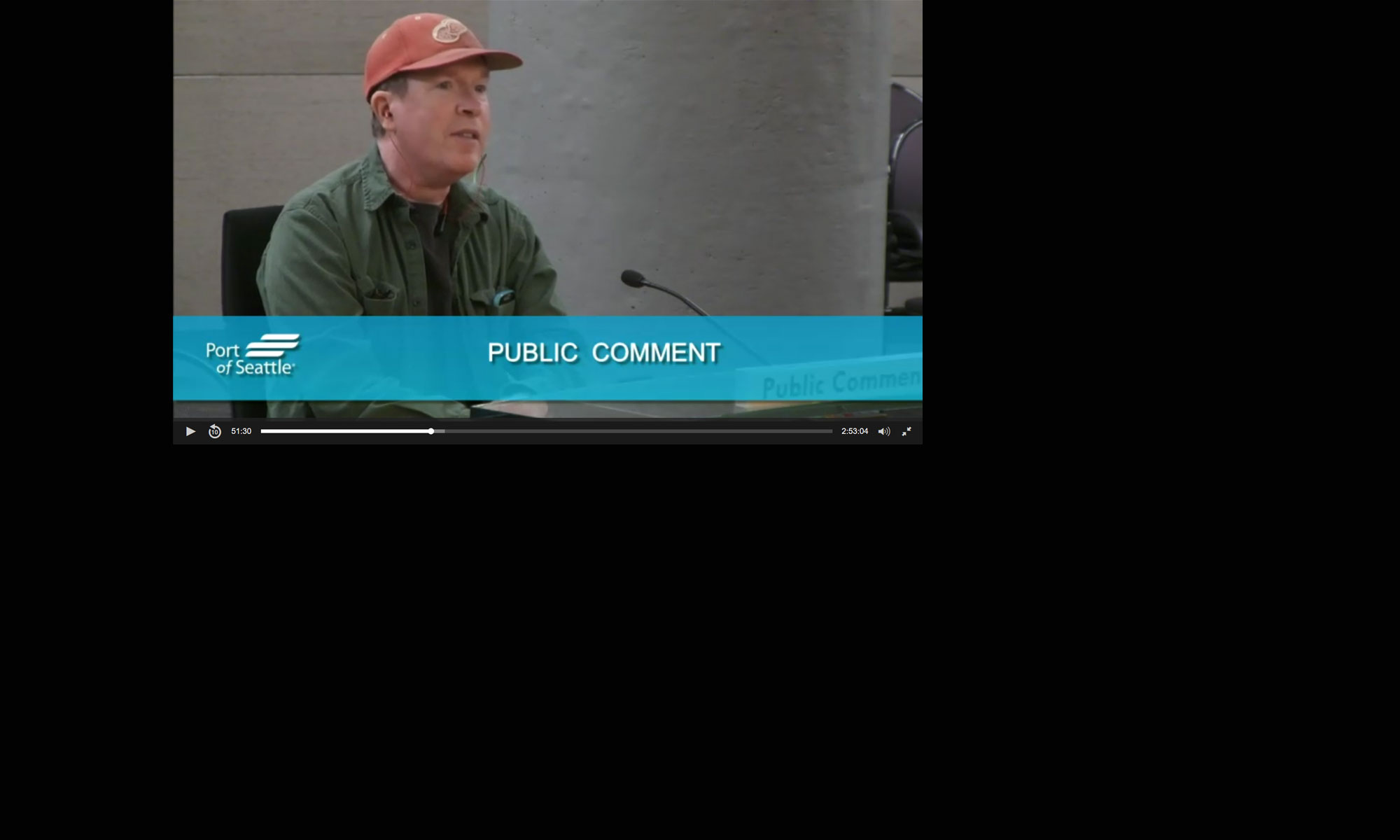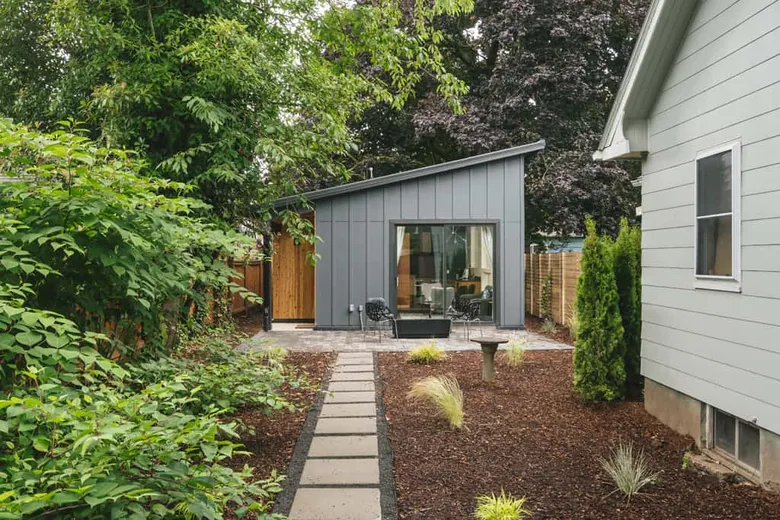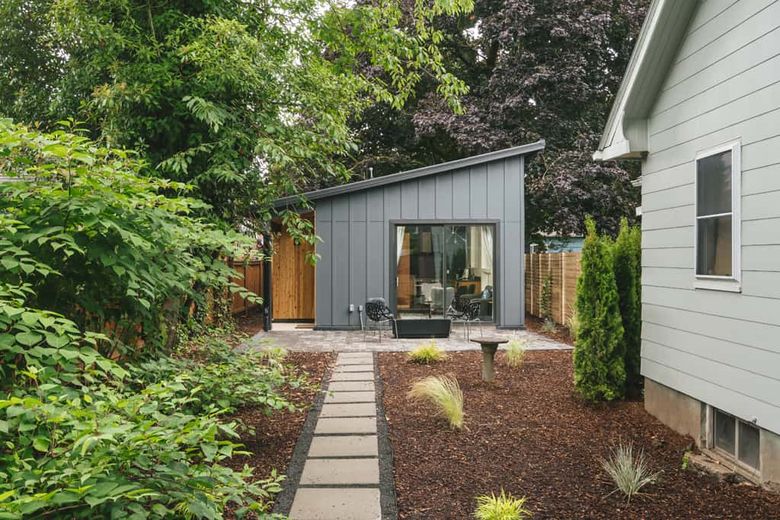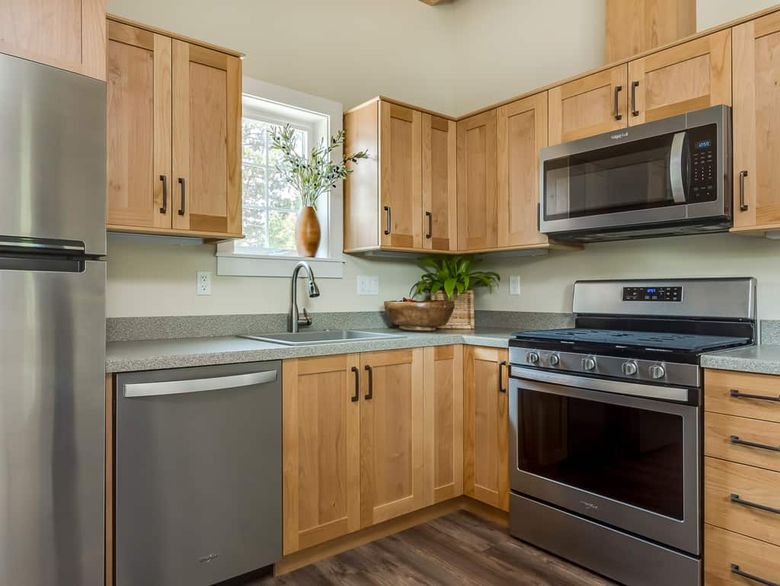Q: I want to add an Accessory Dwelling Unit to my backyard. What do I need to know? How do I get started, and what are my options?
A: You’re not alone! Thanks to the popularity of home improvement shows, rising home equity values and multigenerational living, many homeowners are getting creative in their quest to add space to their homes. ADUs are a great way to expand your square footage, house family and guests, bring in additional income and add resale value to your property.
When it comes to creating new units, there are two main options: accessory dwelling units (ADUs) and detached accessory dwelling units (DADUs). As their names suggest, DADUs are separate units detached from the main house, while ADUs are directly attached (e.g., converted garage, basement or an addition).
Which one you choose really comes down to your goals and project scope. If you don’t want to go through a complex construction project by adding a detached structure, you can simply remodel existing space to create an ADU, like converting a basement into a guest suite.
DADU vs. ADU
One huge benefit of DADUs is they’re separate living spaces. This can be appealing for homeowners with aging parents, as it meets an immediate need — giving a relative a place to stay while creating a potential rental space for the future as family needs change. DADUs also make great home offices and workspaces as they offer convenience and privacy.
However, it’s likely easier — and more cost-effective — to simply renovate your basement or build above the garage. Budget can be a big factor, as well as your home’s current configuration.
If you love the feel and flow of your spaces, then a DADU might be a good fit. If there are multiple changes you would like to see in the main house, then remodeling existing space into an ADU may work better. A knowledgeable design professional can help you evaluate your options.
DADU benefits:
- Added living space for family members and/or home office
- Potential added income (long/short-term rental)
- Added property value
ADU/home remodel benefits:
- Potentially better Return on Investment than DADUs for resale
- Opportunity to update home’s electrical, windows, insulation, heating and plumbing (more energy efficiency)
- Potentially more flexible than size-restricted DADUs
- Good option if home does not meet the city’s requirements for DADU (i.e., lot size, setbacks)
DADU requirements
In Seattle, the minimum lot size for a DADU is 3,200 feet, with a maximum of 1,000 square feet of occupiable space. While some homeowners seek a smaller footprint, most new construction takes full advantage of the largest size for that jurisdiction or the property’s maximum lot coverage. There are other considerations as well, including: setbacks from property lines and the amount of existing lot coverage versus allowed lot coverage.
Cost considerations
You might be surprised by an ADU’s total cost. ADUs have all the elements that make a house expensive (e.g., kitchen, bathroom, heating, etc.) without what helps make a house less expensive (square footage). Things like bedrooms, living rooms and storage spaces are relatively inexpensive and help keep the cost-per-square foot down.
Another expense that often comes as an unwelcome surprise is the need to update some (or all) of the main house’s utilities. The electrical panel, water supply, sewer line, gas line and heating systems all need to be evaluated to see if they can handle the added space.
Finding space
The basement is often the first room people turn to for additional ADU space, especially in an unfinished area. Attached and detached garages can also offer great design possibilities. An underused spare room can also yield space. It all depends on your goals for the ADU.
Building and design resources
- Check out The City of Seattle’s ADUniverse website. It has a property search function that will give you specific information regarding adding an ADU to your property. Almost all cities will have a PDF of that jurisdiction’s rules.
- Consult with a design professional. A design/build company is a great place to start. Ask for a schematic design to consider feasibility and costs of a DADU versus an in-home remodel.
- Consider a prefabricated DADU. Some companies specialize in manufacturing ADUs that can be installed on your property. Before you run out to buy one, remember to do your homework to ensure compliance with any city requirements.
Ready to get started?
If you want to add space to your home, either inside or out, it pays to do your research and find a design partner who can help you meet the needs of your home, space and budget.
Rob Van Houten is a Seattle design consultant with the Neil Kelly Company, a member of the Master Builders Association of King and Snohomish Counties (MBAKS). If you have a home improvement, remodeling or residential homebuilding question you’d like answered by one of MBAKS’s more than 2,600 members, write to homework@mbaks.com.






